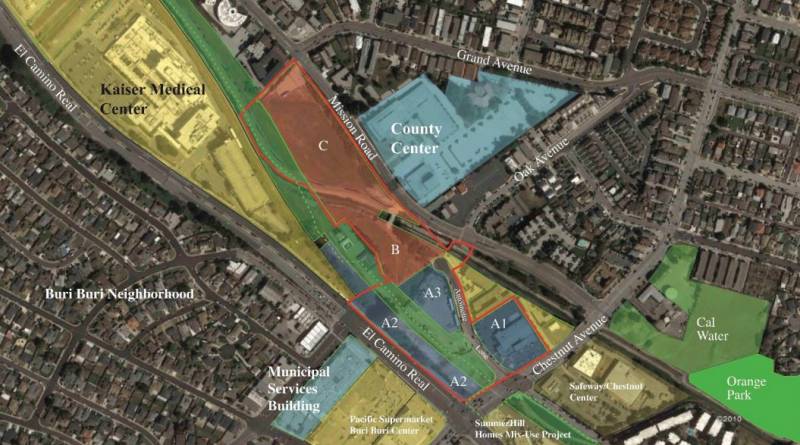The project calls for three buildings up to eight stories tall. The area allows for buildings as tall as 160 feet, or about 14 stories. Mattas cautioned that under two other state laws, the Surplus Land Act and Senate Bill 35, the developer could come back to the council with new plans to build to the maximum height with little discretion and an expedited track, if the council voted down the current proposal.
“The Legislature and their actions have really stacked the deck against cities,” City Councilman Rich Garbarino said. “We don’t have a choice in a lot of this. It’s not right.”
There was a noticeable generational divide between those who spoke in favor and those against the housing project. Many millennials talked about being squeezed out of South San Francisco because of high rents and long waitlists for early childhood education programs.
Aaron Adriano, an El Camino High School student and member of the city’s Youth Advisory Council, said he was concerned that he wouldn’t be able to return to South San Francisco after he left for college.
“It’s kind of like, what’s the point when the city would be keeping out generations of people who grew up here,” Adriano said.
Others took turns reading hundreds of names of residents who signed a petition against the development. Opponents of the plan said traffic would get worse and new residents would clog neighborhood streets by parking vehicles along the side of the road. They sneered at the developer’s estimate that 35% of the new community would bike, walk or take public transit.
“I understand we all need housing, but this project is just way too big,” said Katie Stokes of Sunshine Gardens, an adjacent neighborhood.
After nearly six hours of testimony and deliberation, Councilman Mark Nagales said killing or stalling the project would put the city at financial risk. He added that South San Francisco’s jobs-to-housing ratio was 15-to-1, not including plans that the tech payment services company Stripe has for moving 1,000 jobs there.
Nagales and others on the council also pointed to neighboring San Bruno, given the legal pressure it faces for rejecting a housing project during the summer — and possibly even more proposed housing projects.
“I consider my family blessed, as we do not have to grapple with affordable housing and child care at this time,” said City Councilwoman member Buenaflor Nicolas. “I don’t think I can turn my back on this one.”

